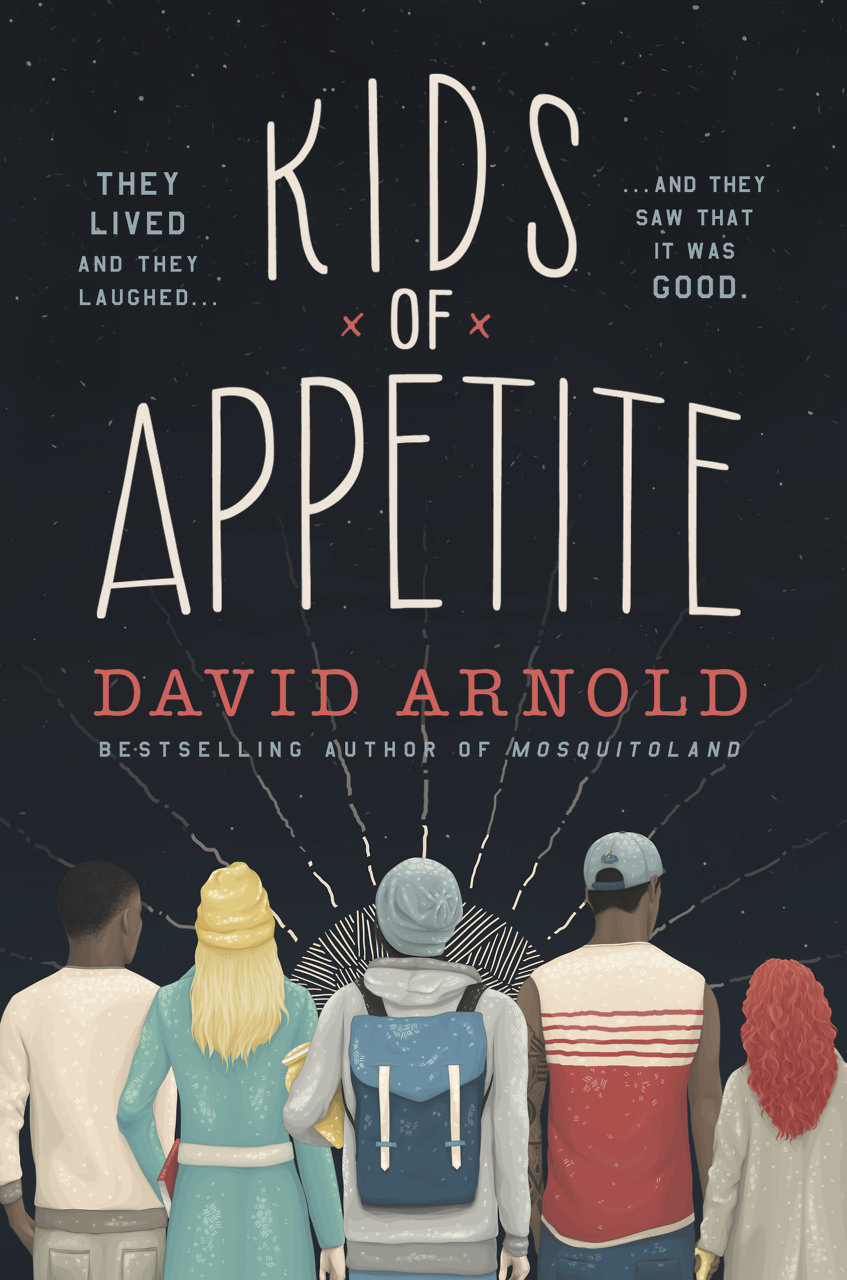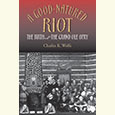Family Curse or Just Bad Luck?
A young woman seeks to unravel her family’s dark secret
Life for the Thaumas sisters should be great. They live in a beautiful estate called Highmoor, their father’s military career made them famous, and they can buy the most fashionable gowns. So what’s the problem? They keep dying. That’s the sorrow — and the mystery — at the heart of House of Salt and Sorrows, the debut young adult novel by Memphis writer Erin A. Craig.

“Once there were twelve of us: the Thaumas Dozen,” says Annaleigh Thaumas, the novel’s protagonist. “Now we stood in a small line, my seven sisters and I…[H]ad we angered the gods? Had a darkness branded itself on our family, taking us out one by one? Or was it simply a series of terrible and unlucky coincidences?” Annaleigh is driven to find out whether her family is really cursed and what, if anything, she can do to protect them.
The book opens at the funeral of Eulalie Thaumas, the family’s most recent loss. Eulalie’s mysterious fall is the fourth death the family has suffered since losing their mother due to complications in childbirth. This means the family has been mourning for years — and what’s almost as bad as grieving the loss of numerous family members? Being a teenage girl repeatedly forced into public mourning. All black all the time, no dances, and no courting have been the standing family rules. Some of the younger sisters don’t even remember a time before their great sadness.
 So when the Mr. Thaumas’ new, young bride suggests that the family come out of mourning early, the sisters readily agree. A new vibrancy fills Highmoor, and life feels hopeful once more. The sisters begin to venture out around their home on Salten Island again, and they find a magical gate that changes everything. This gate transports them anywhere they want to go throughout the kingdom. Their lives soon become filled with elaborate balls, endless dances, and culinary delicacies on a nightly basis.
So when the Mr. Thaumas’ new, young bride suggests that the family come out of mourning early, the sisters readily agree. A new vibrancy fills Highmoor, and life feels hopeful once more. The sisters begin to venture out around their home on Salten Island again, and they find a magical gate that changes everything. This gate transports them anywhere they want to go throughout the kingdom. Their lives soon become filled with elaborate balls, endless dances, and culinary delicacies on a nightly basis.
But dancing all night is not without consequences. Yes, the girls wear out their custom-made shoes, but some of them also begin to see terrifying visions of their dead sisters. Despite these disturbing encounters, the girls form a pattern of sleeping all day and dancing all night, dulling their suspicion that they might be in danger. “The masks and paste jewels, the whisper of silks and tulles, the promise of handsome dance partners — they’d all dazzled me until I was blinded to my true purpose,” confesses Annaleigh.
The plot thickens as Annaleigh meets a handsome man named Cassius. As the two become closer, Annaleigh wonders if she can trust him. Who is Cassius really, and why is he always nearby when something bad happens? Is having him near as good as it feels, or is his presence somehow connected to the sinister events?
A riff on the Grimms’ fairytale “The Twelve Dancing Princesses,” Craig’s novel, like many contemporary YA works, is Gothic from the start. It’s also fun and highly readable. It was readability that earned early Gothic novels like Jane Eyre a bad rap as lesser literature in their own time. Tyrannical fathers, ominous portents, dungeons, and ghosts popped up in 18th- and 19th-century literature, drawing a wider readership, as well as criticism from intellectuals. Who would want to read something suspenseful and titillating when she could read something academic and challenging? Lots of people, it seems — both then and now.
The first generation of Gothic novels also included issues that might have been considered controversial in their time. Economic oppression, sexism, racism — these early books got a pass on heavier topics because they were cloaked (sometimes literally) in the novel’s shadows. This is still true today. Turns out a castle full of adolescent girls fighting a curse is also a perfect backdrop to explore family dysfunction, identity, and sexuality. Annaleigh and her sisters must wrestle with new family dynamics, grief and loss, societal pressures, a paternalistic government, and establishing their own identities.
Although some of the references in this novel are more suited for the “and up” part of its “12 and up” classification, most of the emotional intensity centers on the protagonist’s learning to cope with feelings that change as quickly as the sea winds on Highmoor’s ocean cliffs. The mix of horror and romance in House of Salt and Sorrows will appeal to teen and adult readers alike.

Sarah Carter holds an M.F.A. in creative writing from the Sewanee School of Letters.


